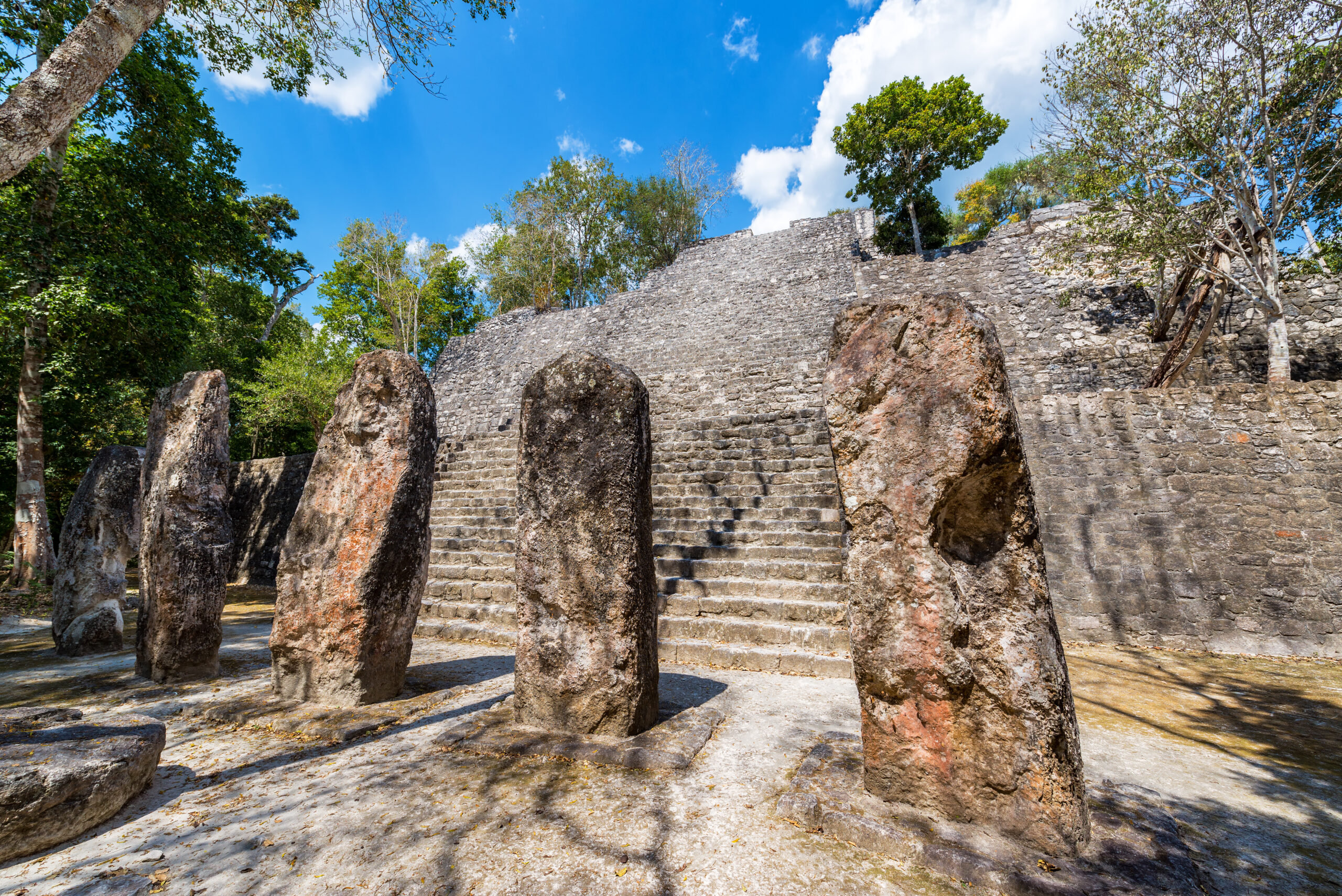I recently had a phone call from a friend asking me why I hadn’t responded to his social media posts. He had been on the holiday of a lifetime – a month in Southern Africa! When I looked, there were posts of him at Victoria Falls, in the Serengeti, watching elephants and wildebeest, and much, much more. His whole holiday played out daily – and sometimes more frequently than that – for the whole world to see.

Many people post even the most trivial of events and ideas on their social media platforms. It is a convenient way to get your voice heard. Before that, people kept in touch by email. And before that, telephone and post. Postcards from places we visited and letters detailing family events were the way ideas spread. Is this shouting out about things as new, dominating or destructive as some people think? Or is it as old as the hills?
Go into almost any church and you will find plaques on the wall, or bronzes on the floor, commemorating people and their achievements. My local church has a plaque commemorating someone’s involvement in events in India in 1857, and another remembering a soldier from the First World War.
Ancient Egyptians painted on the walls of their tombs, telling the story of wars, adventures and conquests. The Sumerians did the same: the Standard of Ur (a decorated box, now displayed in The British Museum) tells us about the achievements of one of their kings. Roman Emperors also liked to boast of their achievements. Hadrian’s Wall is a monument to the man who ordered it built and successfully defended the Empire. Trajan’s Column, in Rome, was built to celebrate the victories of Emperor Trajan in the Dacian Wars. It is sited right in the middle of Rome, next to the Forum, is 38 metres tall and contains over 200 metres of carefully sculptured detail extolling the virtues of Trajan and his great victories!

The Maya liked to boast too. Leaders built stelae (singular: stela) in their cities to celebrate their great victories in a similar way to Trajan. Although not as tall as Trajan’s Column, a stela would have images of the leader on one side and the other three sides would be covered with hieroglyphs describing the event the stela was commemorating. The king or ruler would always be shown as a military and divine leader. There is no doubting their purpose! One city, Calakmul in Mexico, is known to have had at least 166 stelae! Ultimately, they seem to have gone out of fashion, as the last known stela was erected around 909AD.
So next time you post something on social media remember people have been doing the same thing for ever – perhaps not as often as people do today, but shouting out about their achievements just the same as we do!




